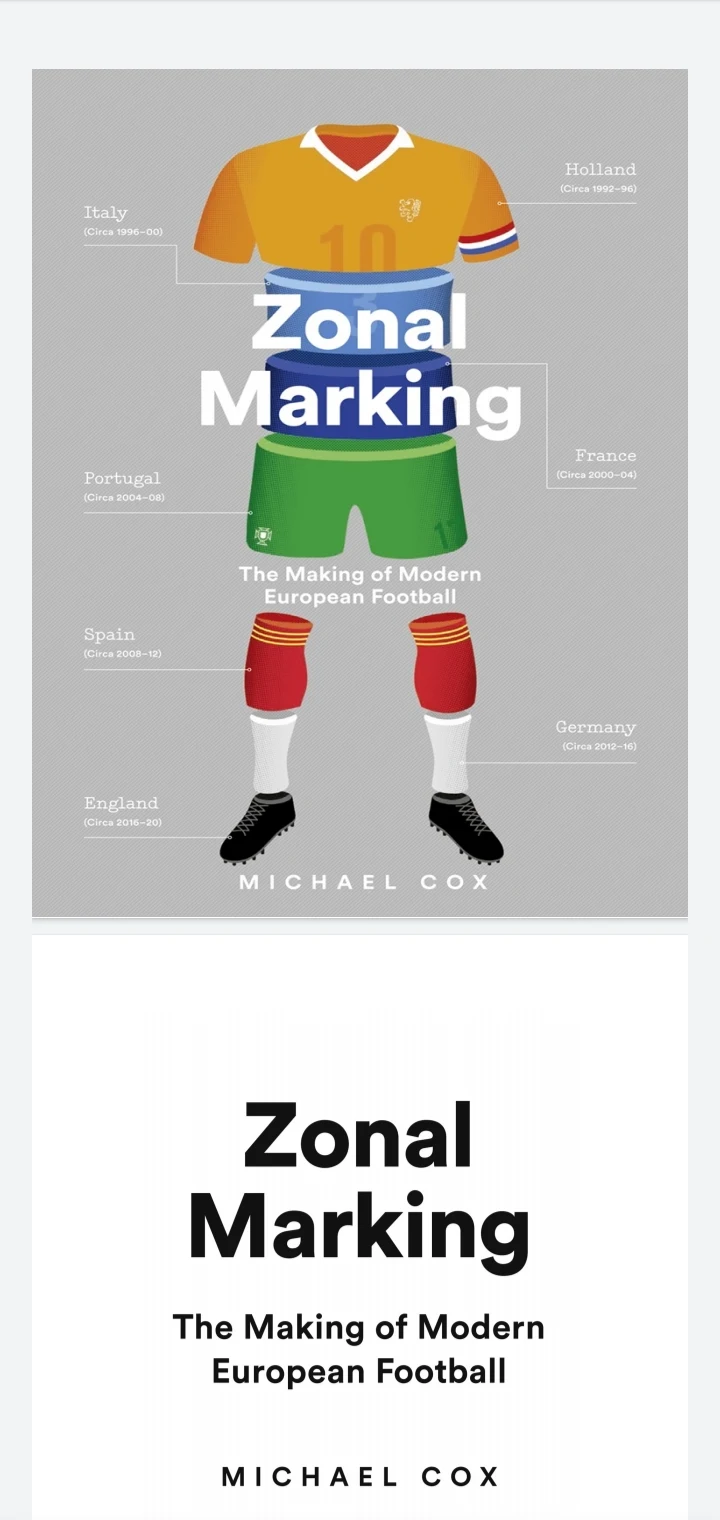Despite this book’s chronological nature, it was not originally intended to be a history of modern European football.
The primary intention was to analyse the various playing styles that dominate Europe’s seven most influential footballing countries – the Netherlands, Italy, France, Portugal, Spain, Germany and England – a fairly unarguable septet, based on a combination of recent international performance and the current strength of their domestic leagues.
A nation’s footballing style is reflected in various ways. It’s not simply about the national side’s characteristics, but about the approach of its dominant clubs, the nature of its star players and the philosophy of its coaches.
It’s about the experiences of a country’s players when moving abroad, and about the success of its imports.
It’s about how referees officiate and what the supporters cheer.
That’s what this book was always going to be about.
But then came the issue of structure – in which order should the countries be covered? Geographically? Thematically? By drawing balls out of bowls at UEFA’s headquarters? It immediately became clear that the story wasn’t simply about the different style of each country.
It was also about how Europe’s dominant football country, and dominant style, had changed so regularly.
992 was the obvious start date, heralding the back-pass law, the rebranding of the European Cup to Champions League and the formation of the Premier League.
From that point, each country could be covered in turn, by focusing on a four-year period of success.
In the early 1990s the Dutch footballing philosophy was worshipped across the continent, but its influence declined after the Bosman ruling.
The baton passed to Italy, which clearly boasted Europe’s strongest league.
But then France started winning everything at international level and its national academy became the template for others, before suddenly, almost out of nowhere, Europe’s most revered player and manager both hailed from Portugal.
Next, Barcelona and Spain won across the board during a very obvious four-year period of dominance, before tiki-taka’s decline meant Bayern and Germany took control.
Finally, Europe’s most successful coaches found themselves competing in England, introducing various styles to the Premier League.
Naturally, each section strays outside these four-year boundaries.
You can’t analyse Dutch football in the mid-1990s without relating it back to the Total Football of the 1970s, and you can’t analyse Didier Deschamps’ performances for France at the turn of the century without noting that he won the World Cup as manager in 2018.
None of the chapters are named after specific individuals or teams from each period; they’re based around more general concepts that have been reflected in each nation’s football over a longer period.
The seven sections are different in style. The Netherlands section is about how the Dutch dictated the nature of modern European football, the Italy section focuses on specific tactical debates and the France section is about its production of certain types of player.
The Portugal section is about its evolution into a serious footballing force, the Spain section about its commitment to a specific philosophy, the Germany section about its reinvention and the England section about how it borrows concepts from elsewhere.
By virtue of the book’s structure, some noteworthy teams aren’t covered extensively here:
there are only passing mentions of Greece’s shock Euro 2004 triumph, Italy’s World Cup success two years later and Real Madrid’s Champions League-winning sides of recent years.
But the most influential players, coaches and teams since 1992 feature heavily, and therefore, while it wasn’t the original intention, this book hopefully serves as a history of modern European football by outlining its crucial innovations, including gegenpressing, playing out from the back, tactical periodisation, tiki-taka and, of course, zonal marking.

